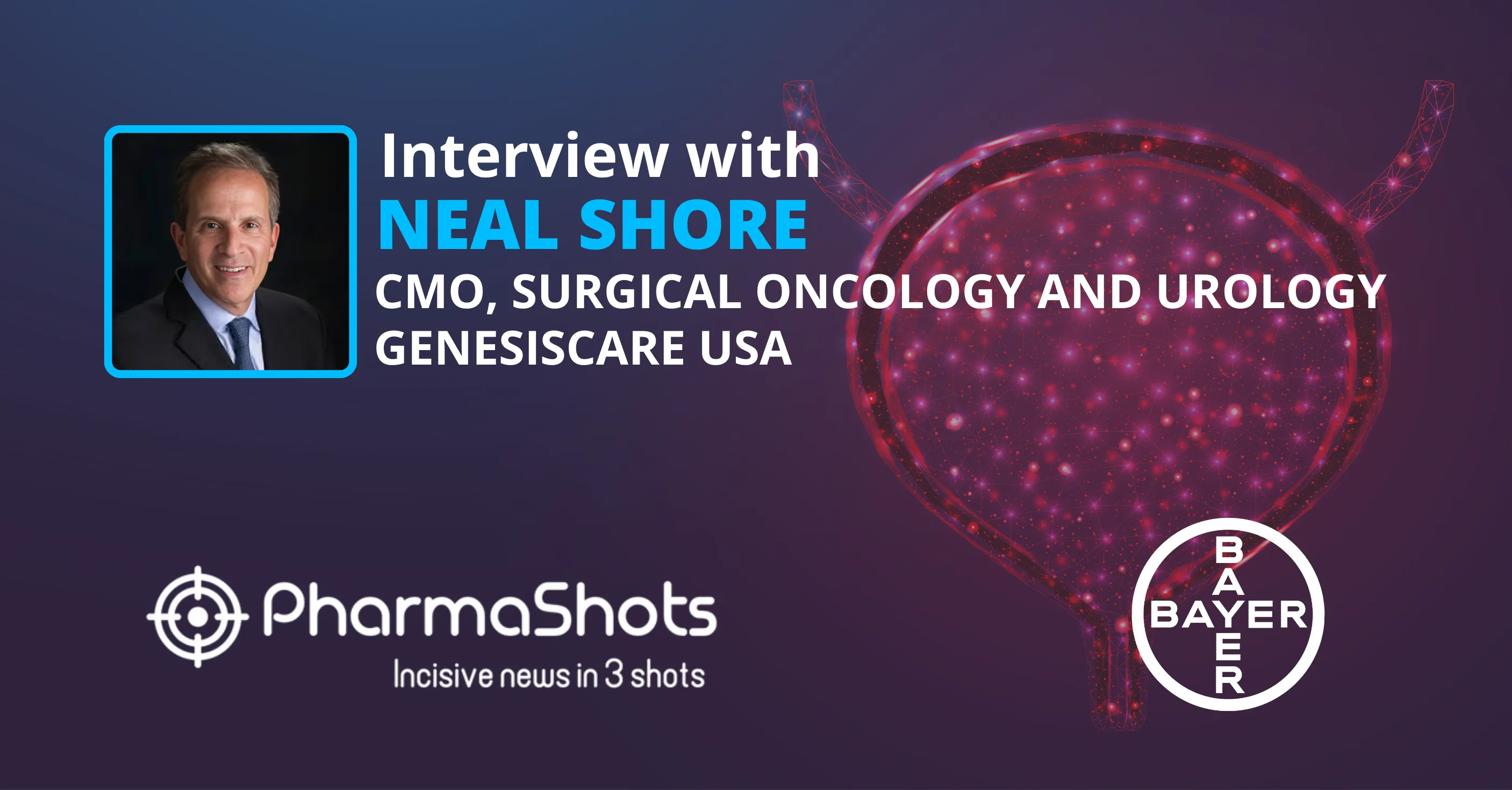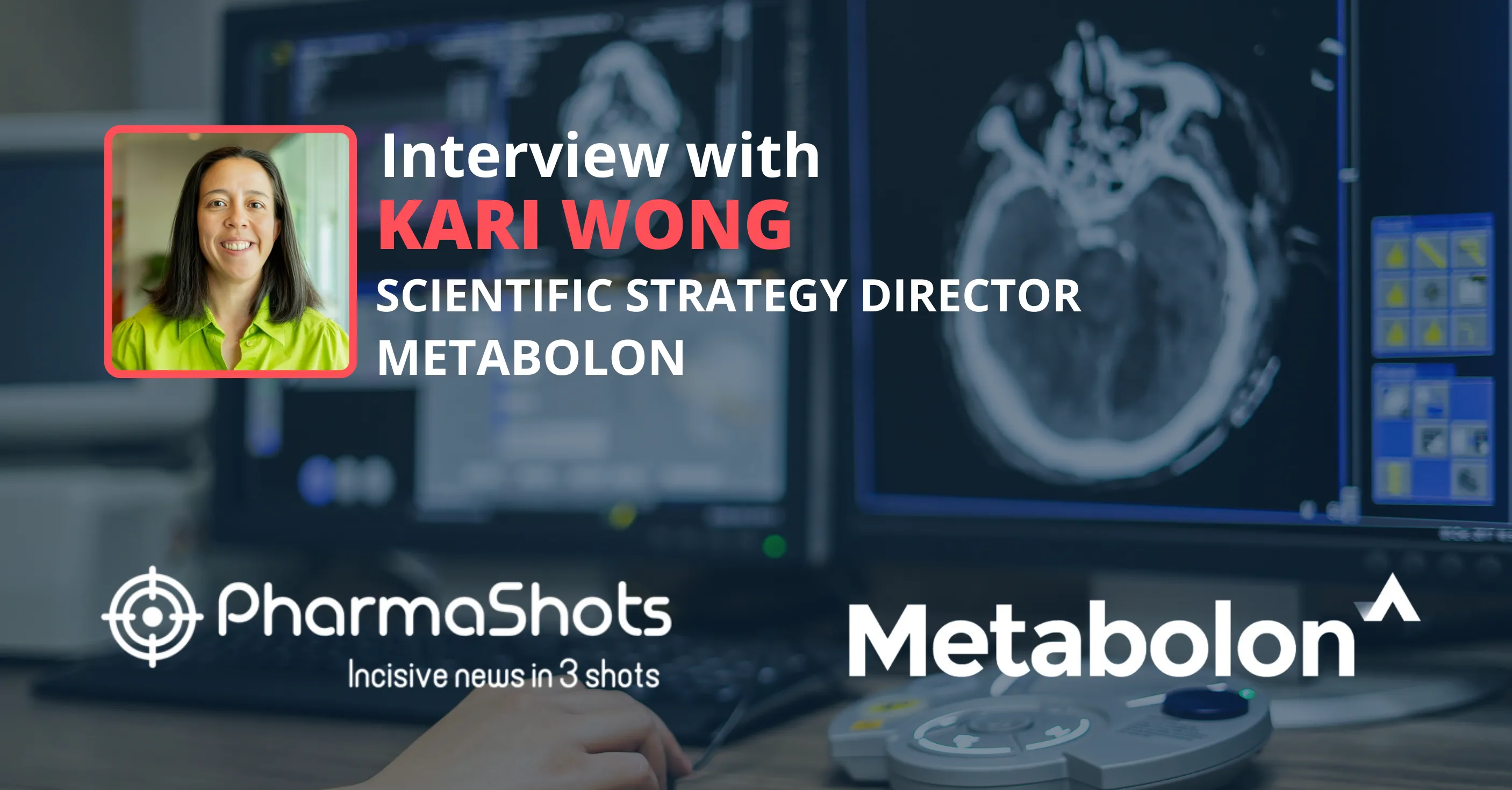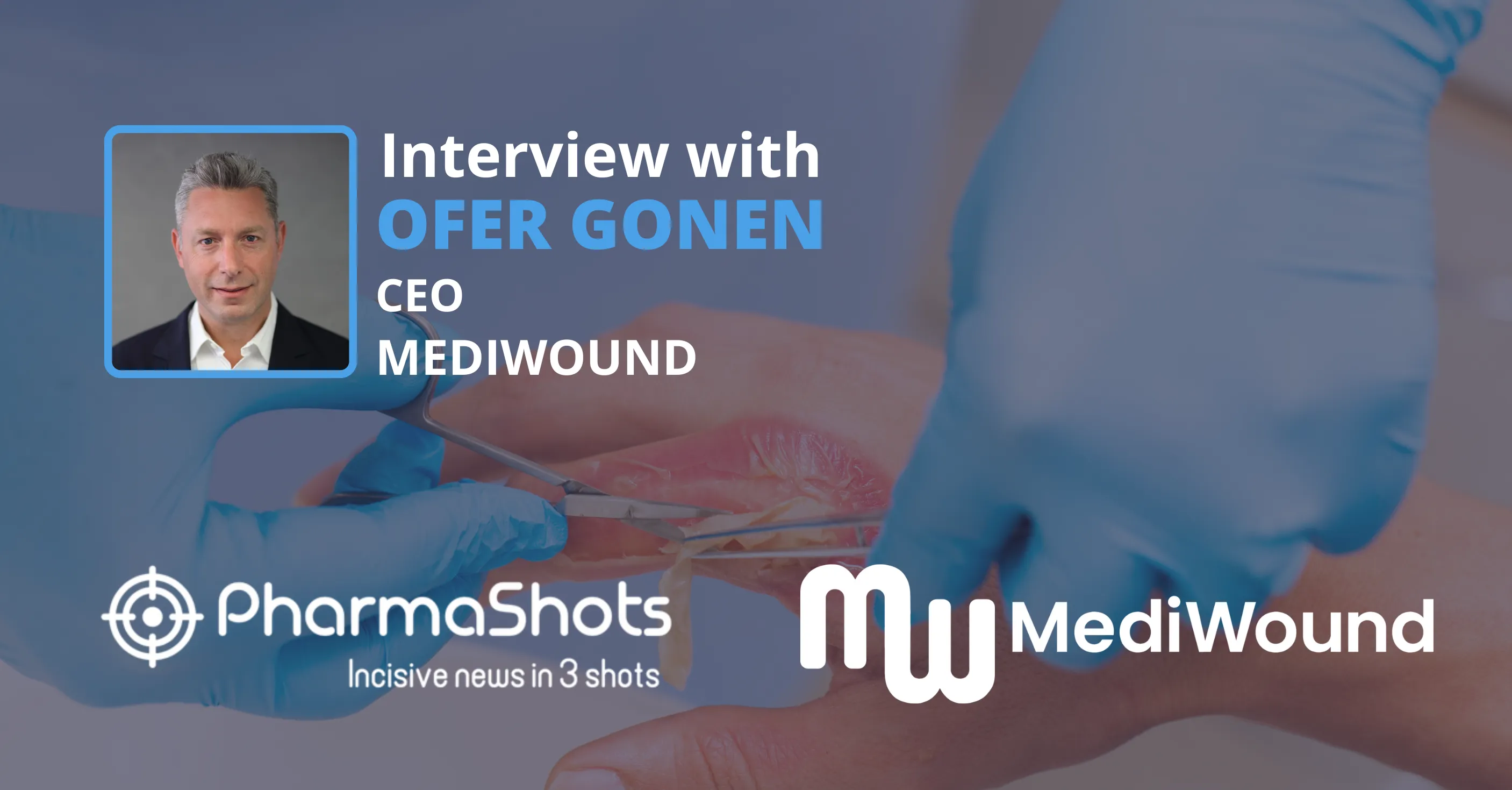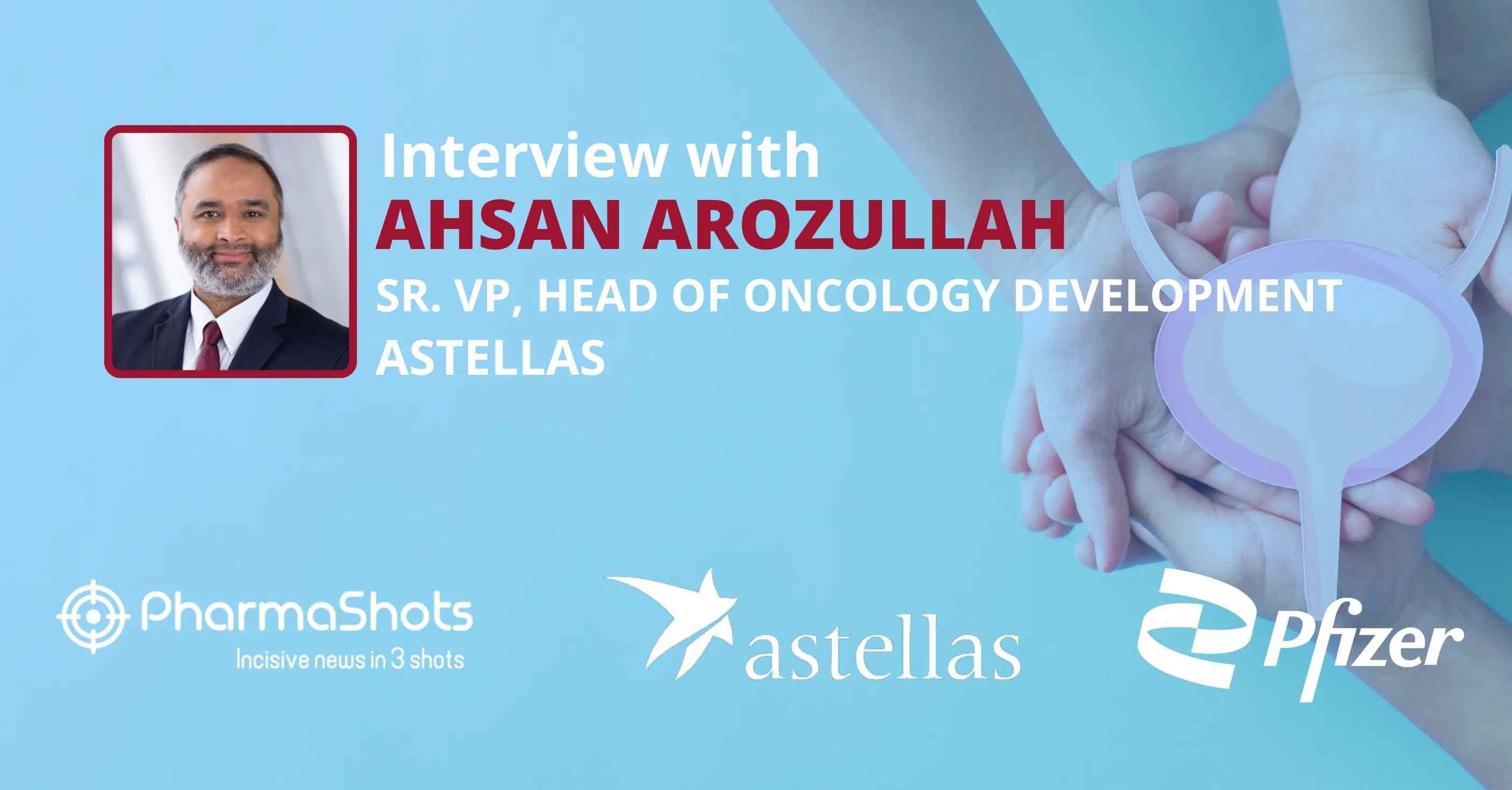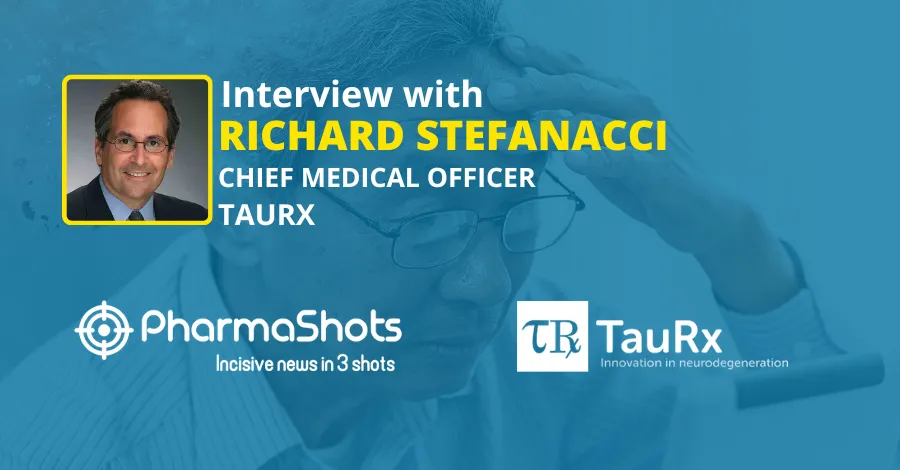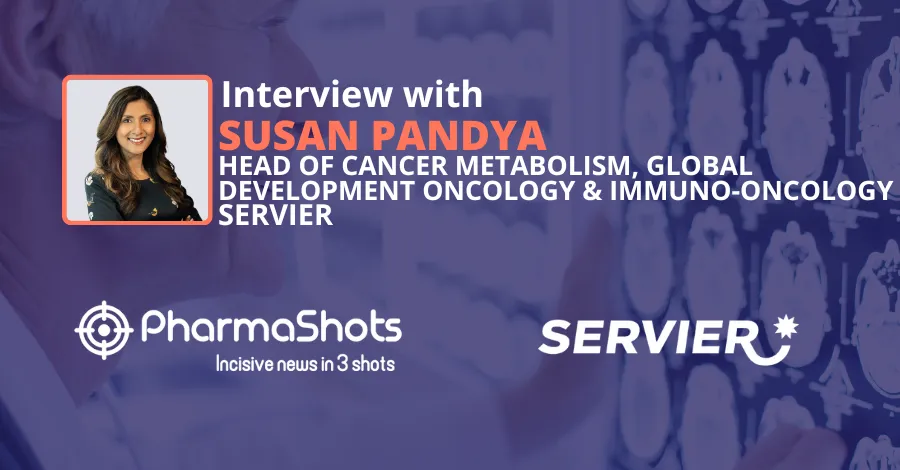
Unlocking Approval: Mohamed Eid Dives into the Exciting Approval of Jardiance for Adult CKD Treatment in a Captivating Chat with PharmaShots
Shots:
- Mohamed Eid, VP of Clinical Development & Medical Affairs, Cardio-Renal-Metabolism & Respiratory Medicine, at Boehringer Ingelheim, in a stimulating conversation with PharmaShots sheds light on the recent approval of Jardiance for the treatment of adults with chronic kidney disease
-
Jardiance’s EMPA Kidney P-III trial results demonstrated a 28% relative risk reduction vs placebo. Jardiance displayed an event rate of 13.1% whereas for placebo the event rate remained at 16.9%
-
While highlighting the study design of the EMPA Kidney P-III trial, Mohamed sheds light on the EMPOWER program
Saurabh: Congratulations on achieving another milestone! To begin with, brief our readers about the details of Jardiance (MOA, ROA, Formulations, etc.)
Mohamed: Jardiance® (empagliflozin) was initially approved by the FDA in 2014 as an adjunct to diet and exercise to improve glycemic control in adults with type 2 diabetes. This recent FDA approval in chronic kidney disease (CKD) — which follows previous additional indications for Jardiance in adults with heart failure, adults with type 2 diabetes and known cardiovascular disease, and children 10 years and older with type 2 diabetes — adds to the treatment options for the more than 35 million adults in the U.S. living with this condition.
Jardiance is an inhibitor of SGLT2, the predominant transporter responsible for the reabsorption of glucose from the glomerular filtrate back into the circulation. By inhibiting SGLT2, Jardiance reduces renal reabsorption of filtered glucose and lowers the renal threshold for glucose, thereby increasing urinary glucose excretion.
Jardiance also reduces sodium reabsorption and increases the delivery of sodium to the distal tubule. This may influence several physiological functions including, but not restricted to, increasing tubuloglomerular feedback and reducing intraglomerular pressure, lowering both pre- and afterload of the heart, and downregulating sympathetic activity.
The recommended dose of Jardiance tablets is 10 mg orally once daily in the morning, taken with or without food. For additional glycemic control, the dose may be increased to 25 mg orally once daily in patients tolerating Jardiance.
Saurabh: Highlight the grounds on which this approval of Jardiance was based. Also, tell us about the challenges faced during the approval process.
Mohamed: This latest FDA approval for Jardiance is based on results from the EMPA-KIDNEY phase III trial, in which Jardiance demonstrated a 28% relative risk reduction (absolute risk reduction 3.6% per patient-year at risk, HR=0.72; 95% CI 0.64 to 0.82; P<0.0001) compared with placebo, both on top of standard care, for the composite primary endpoint of kidney disease progression* or cardiovascular death. The event rate for Jardiance was 13.1% (432/3304) and for placebo was 16.9% (558/3305).
EMPA-KIDNEY is the first SGLT2 inhibitor CKD trial to demonstrate a significant reduction in the risk of first and recurrent hospitalization, a pre-specified key secondary endpoint, with a 14% relative risk reduction (HR=0.86; 95% CI 0.78 to 0.95; p=0.0025) with Jardiance versus placebo. In the Jardiance group, 1,611 hospitalizations occurred among 960 patients (24.8 events per 100 patient-years). In the placebo group, 1,895 hospitalizations occurred among 1,035 patients (29.2 events per 100 patient-years).
*Kidney disease progression: Defined as end-stage kidney disease (the initiation of maintenance dialysis or receipt of a kidney transplant), a sustained decline in estimated glomerular filtration rate (eGFR) to below 10 mL/min/1.73 m2, kidney death or a sustained decline of at least 40% in eGFR from randomization).
Saurabh: Would you please elaborate on the study design and the outcomes of the P-III (EMPA-KIDNEY) clinical trial evaluating Jardiance for Chronic Kidney Diseases?
Mohamed: EMPA-KIDNEY was a large, multinational, randomized, double-blind, placebo-controlled trial designed to reflect the broad range of adults with CKD with or without type 2 diabetes. Based on the trial inclusion/exclusion criteria, over 6,600 patients were enrolled. Patients included had an eGFR ≥20 to <45 mL/min/1.73 m2 or an eGFR ≥45 to <90 mL/min/1.73 m2 with a urine albumin to creatinine ratio ≥200 mg/g. Included patients were deemed appropriate for treatment with an SGLT2 inhibitor by a local investigator. Patients were excluded if they had both type 2 diabetes and prior atherosclerotic cardiovascular disease with eGFR above 60 mL/min/1.73 m2, had type 1 diabetes, had a functioning or scheduled kidney transplant, were on dialysis, had polycystic kidney disease, or required or had a recent history of intravenous immunosuppressive therapy or greater than 45 mg of prednisone or equivalent for kidney disease.
As mentioned, Jardiance demonstrated a 28% relative risk reduction (absolute risk reduction [ARR] 3.6% per patient-year at risk, HR=0.72; 95% CI 0.64 to 0.82; P<0.0001) compared with placebo, both on top of standard of care, for the composite primary endpoint of kidney disease progression* and cardiovascular death. The event rate for Jardiance was 13.1% (432/3304) and for placebo was 16.9% (558/3305).
-
The results of the primary composite endpoint were generally consistent across the pre-specified subgroups examined, including eGFR categories, underlying causes of kidney disease, diabetes status, or background use of RAS inhibitors. The treatment benefit with Jardiance on the primary composite endpoint was not evident in patients with very low levels of albuminuria; however, there were few events in these patients.
EMPA-KIDNEY is also the first SGLT2 inhibitor CKD trial to demonstrate a significant reduction in the risk of first and recurrent hospitalization, a pre-specified key secondary endpoint, with a 14% relative risk reduction (HR=0.86; 95% CI 0.78 to 0.95; p=0.0025) with Jardiance versus placebo. In the Jardiance group, 1,611 hospitalizations occurred among 960 patients (24.8 events per 100 patient-years). In the placebo group, 1,895 hospitalizations occurred among 1,035 patients (29.2 events per 100 patient-years).
*Kidney disease progression: Defined as end-stage kidney disease (the initiation of maintenance dialysis or receipt of a kidney transplant), a sustained decline in estimated glomerular filtration rate (eGFR) to below 10 mL/min/1.73 m2, kidney death or a sustained decline of at least 40% in eGFR from randomization).
Saurabh: As you have mentioned about the EMPOWER program, could you please shed some more light on the program and tell us about its significance specifically for patients suffering from chronic kidney diseases?
Mohamed: This milestone marks the fourth FDA approval for Jardiance stemming from the EMPOWER program. The Boehringer Ingelheim and Lilly Alliance developed the EMPOWER program to explore the impact of Jardiance on major clinical cardiovascular and kidney outcomes in a spectrum of cardio-renal-metabolic conditions. Comprised of nine clinical trials and two real-world evidence studies, EMPOWER reinforces the long-term commitment of the Alliance to improve outcomes for people living with cardio-renal-metabolic conditions. With more than 700,000 adults enrolled worldwide in clinical trials, it is the broadest and most comprehensive clinical program for an SGLT2 inhibitor to date.
Saurabh: Can you share some glimpses of the results from different segments of the population such as Diabetic CKD vs Non-Diabetic CKD? Within non-diabetic CKD were there any IgAN, C3G, LN, or other subtype of CKD if so, could you please provide some more details?
Mohamed: The results of the primary composite endpoint were generally consistent across the pre-specified subgroups examined, including eGFR categories, underlying cause of kidney disease, diabetes status or background use of RAS inhibitors. The treatment benefit with Jardiance on the primary composite endpoint was not evident in patients with very low levels of albuminuria; however, there were few events in these patients.
The full EMPA-KIDNEY results can be found in NEJM here.
Saurabh: How are the results of EMPA-Kidney vs DAPA-CKD? What are the differences and what are the similarities in both these studies (terms of design, population, etc.)
Mohamed: Direct comparisons between the EMPA-KIDNEY phase III trial and other clinical trials should not be made due to differences in clinical trial design and study populations.
EMPA-KIDNEY is the first SGLT2 inhibitor CKD trial to demonstrate a statistically significant reduction in the risk of first and recurrent hospitalization in adults with CKD. There is a significant need for additional treatment options to reduce the risk of kidney function decline, kidney failure, cardiovascular death, and hospitalizations for the more than 35 million adults impacted by CKD in the U.S.
Saurabh: Tell us, do you have more products lined up in the company’s pipeline for the same indication?
Mohamed: To best serve people living with cardio-renal-metabolic conditions, since January 2020, Boehringer Ingelheim and Lilly have focused the combined expertise and investment of their alliance on the continued development and commercialization of Jardiance. For information about our respective investigational products, please refer to the Boehringer Ingelheim and Lilly websites.
-
Boehringer Ingelheim: https://www.boehringer-ingelheim.com/us/human-pharma/pipeline/our-human-pharma-research-and-development-pipeline
-
Eli Lilly: https://www.lilly.com/discovery/clinical-development-pipeline
Image Source: Canva
About the Author

Mohamed Eid
Mohamed Eid, M.D., M.P.H., M.H.A., is the vice president of Clinical Development & Medical Affairs, Cardio-Renal-Metabolism & Respiratory Medicine, at Boehringer Ingelheim Pharmaceuticals, Inc.
Related Post: Andrew Menzies-Gow Shares Insights from Phase III MANDARA Trial of Fasenra for EGPA Patients
Tags

Saurabh is a Senior Content Writer at PharmaShots. He is a voracious reader and follows the recent trends and innovations of life science companies diligently. His work at PharmaShots involves writing articles, editing content, and proofreading drafts. He has a knack for writing content that covers the Biotech, MedTech, Pharmaceutical, and Healthcare sectors.





